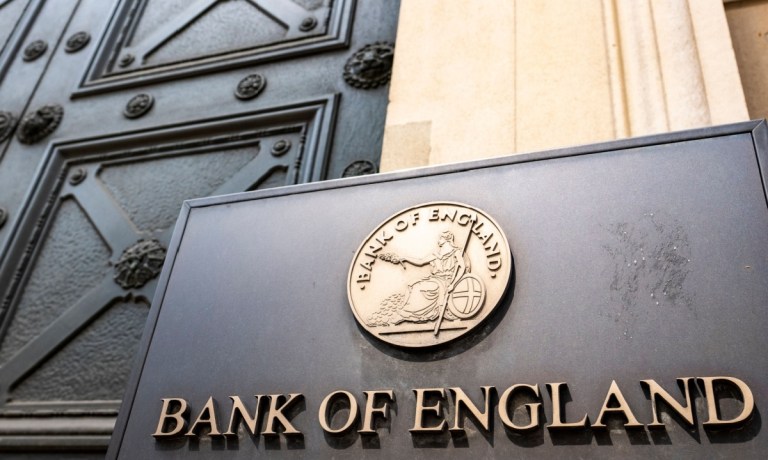Bank of England Readying New Retail Payment Infrastructure Plan


The Bank of England says it’s working on a new infrastructure for U.K. retail payments.
This new model, the central bank’s Payments Vision Delivery Committee said in a news release Tuesday (July 15), “embeds public and private sector collaboration, utilizing the right expertise in the right functions to drive transformation.”
In addition, the model supports “short-term activity to enhance resilience and functionality” of the Faster Payments System, which Pay.UK — which oversees Great Britain’s retail payments system — has been working on with industry participants.
“The new model resets responsibilities across the ecosystem, with clear roles for the public authorities and industry participants to renew the U.K.’s retail payments infrastructure and harness the opportunities of next-generation technologies at pace,” the release added. “Pay.UK’s critical role as operator of existing systems will continue.”
This fall, the committee will release its strategy for retail payments infrastructure, with plans to publish its Payments Forward Plan by the end of the year.
The latter document “will set out a sequenced plan of initiatives across the payments ecosystem including initiatives in both retail and wholesale payments, and the role of digital assets,” the committee added.
The central bank’s efforts are happening at a time when the need for faster payments is becoming increasingly crucial for banks, as PYMNTS wrote earlier this month.
The PYMNTS Intelligence/TCH report “The Real-Time Leap: Closing the Gap Between Receiving and Sending” found that while financial institutions (FIs) have enabled real-time payment receipt, few provide the ability to send funds instantly.
“This imbalance limits the full potential of these advanced networks and leaves customer expectations unmet,” PYMNTS wrote.
“This year’s instant momentum will necessitate banks leaping from merely receiving to fully enabling send-and-receive capabilities. FIs that do not implement sending alongside receiving risk losing market share to competitors.”
This shift is about more than simply keeping pace, but about taking advantage of opportunities for growth and maximizing return on investment.
Among the more compelling use cases for real-time sending capabilities is real-time bill pay. A little more than half of FIs offering instant transactions cited bill pay as a driver of customer interest in sending real-time payments, the research shows. Offering this service provides an incentive for customers, potentially drawing them away from FinTechs that have their own digital payment suites.
“Beyond customer acquisition and retention, instant bill pay also opens new revenue opportunities for banks,” PYMNTS wrote. “This capability meets an immediate customer need for greater control and speed in managing their finances, transforming a typically delayed process into an instantaneous one and maximizing an FI’s return on investment.”
We’re always on the lookout for opportunities to partner with innovators and disruptors.
Learn More